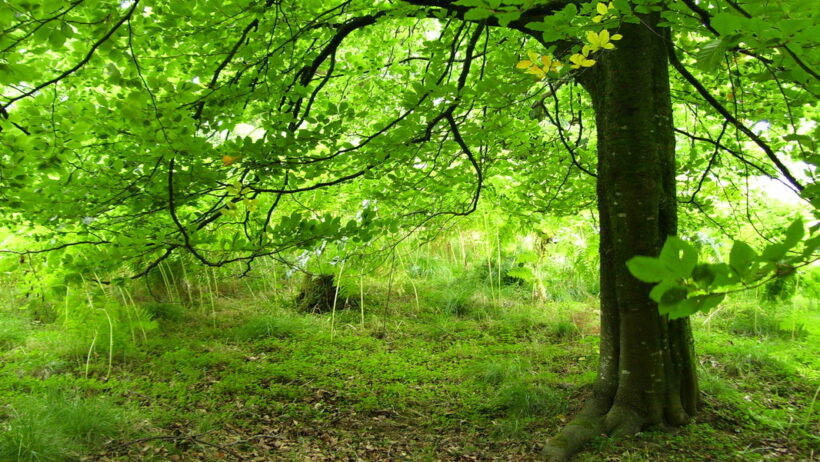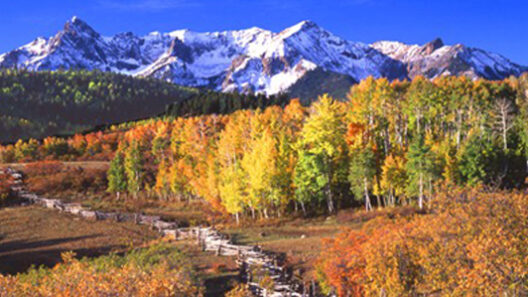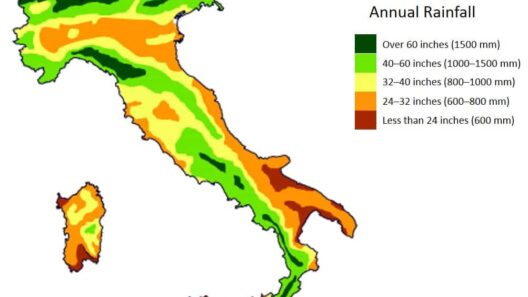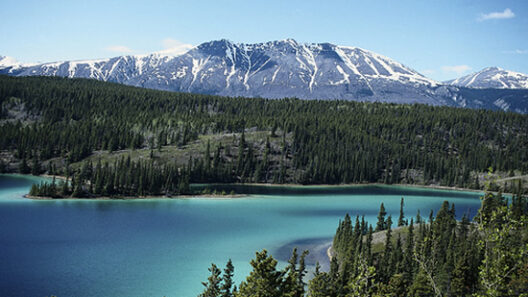The climate of temperate deciduous forests is characterized by a remarkable interplay of four distinct seasons—spring, summer, autumn, and winter. This intricate seasonal dance is not merely a backdrop; it profoundly influences both the flora and fauna that inhabit these ecosystems. Understanding this climate is pivotal, as it holds the key to appreciating the complex interdependencies within nature.
Temperate deciduous forests, found predominantly in the mid-latitudinal regions of the world, experience a moderate climate with average annual temperatures ranging from approximately 30°F in the coldest months to around 86°F in the warmest. Precipitation is ample throughout the year, averaging between 30 to 60 inches. This variability in temperature and humidity creates an environment ripe for biodiversity, thought-provoking interactions, and adaptive strategies.
Let us delve into the unique characteristics of each season, beginning with spring. As the grip of winter melts away, a resurgence of life unfolds. Trees that have stood bare throughout the frosty months begin to don their verdant foliage, creating a lush canopy that captures sunlight, essential for photosynthesis. The sight of budding leaves is not merely aesthetic; it signifies a pivotal transformation in the ecosystem. Various species of flora, such as wildflowers and shrubs, burst forth with blossoms, offering nourishment to pollinators returning from their winter shelters. Furthermore, animal activity also escalates, with many species engaging in courtship rituals, nest building, and foraging.
Summer follows, bringing with it warmth and abundance. The climate is relatively humid, and the sun’s rays are more direct. This season catalyzes vigorous growth among trees and underbrush alike. The foliage renders the forest dense and vibrant, creating a microhabitat for a plethora of animal species. Birdsong fills the air as avian inhabitants thrive, while mammalian creatures like deer and raccoons search for sustenance amid the lush greenery. The intricate food webs formed during this time are sublime, showcasing a symbiotic relationship between plants and animals, which is essential for maintaining the ecological balance.
As summer wanes, the temperate deciduous forest transitions into autumn—a time marked by a spectacular display of color. Chlorophyll begins to decompose in trees, revealing a stunning palette of reds, oranges, and yellows. This seasonal transformation captivates observers and serves a practical purpose as well. The fading chlorophyll indicates a preparation for the impending cold months. Trees enter a dormant phase, conserving energy as their metabolic rates slow. Fruits and seeds ripen, and many animals engage in frenzied foraging to prepare for winter. This is also the time when migratory birds begin their flights to warmer locales, showcasing the innate wisdom of nature’s timing.
While autumn’s charm bewitches, winter imposes a stark change upon the ecosystem. Temperatures plummet, and snowfall blankets the ground. Life in the forest adopts a quieter, slowed pace, as many animals either hibernate or migrate to more favorable climates. However, winter is not devoid of activity. Certain species, such as deer and coyotes, are adept at navigating the harsh conditions. The stark silhouettes of bare trees against a snowy landscape present a contemplative beauty, forcing ecosystems to adapt to the constraints of reduced sunlight and nutrient availability.
The cyclical nature of these seasons not only showcases the aesthetics of the temperate deciduous forest but also epitomizes resilience. Each season is a testament to the intricate connections that bind species to one another and to their environment. Deciduous trees, for example, have evolved the ability to shed their leaves in winter, minimizing water loss and protecting themselves from the harsh climate. Likewise, the reproductive strategies of various fauna demonstrate adaptation to seasonal changes, ensuring survival despite varying resource availability.
This climatic phenomenon serves as a stark reminder of the fragility of these ecosystems. Urban development, deforestation, and climate change threaten the delicate balance that sustains temperate deciduous forests. Alterations to one season can have cascading effects throughout the entire year, disrupting migratory patterns, flowering cycles, and growth rates. The rising temperatures due to global warming could lead to shifts in species distribution; some might thrive while others could struggle to adapt. The importance of conservation efforts to mitigate such impacts cannot be overstated.
Understanding the nuances of the temperate deciduous forest climate fosters a greater appreciation for the puzzles nature presents. Each season tells a profound story of survival, adaptation, and resilience, urging us to ponder our place within the greater ecological tapestry. Intricate relationships between organisms exemplify the interconnectedness of life, a reminder that even in the face of adversity, nature possesses an innate ability to thrive.
In summary, the climate of temperate deciduous forests encapsulates the essence of four distinct seasons, each contributing to a dynamic and vibrant ecosystem. As we marvel at the beauty of these forests, we must also heed the pressing call to protect them from environmental degradation. The cyclical nature of the climate not only enriches the biodiversity of these regions but also deepens our understanding of the intricate web of life we are all a part of.







